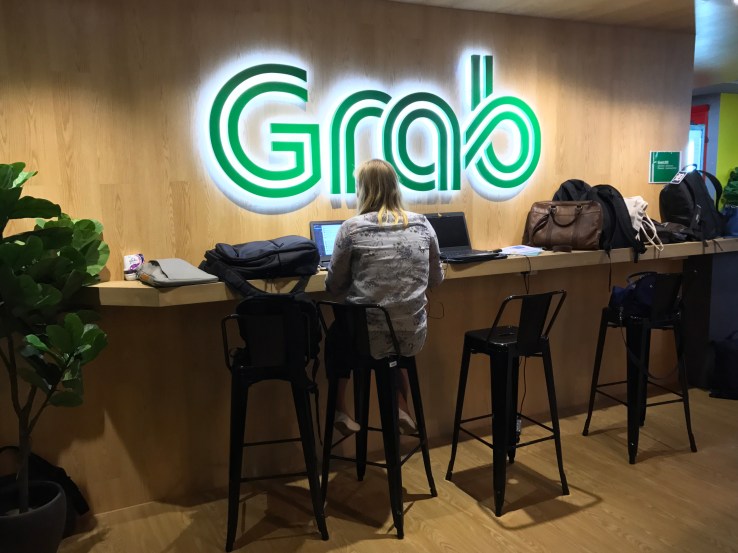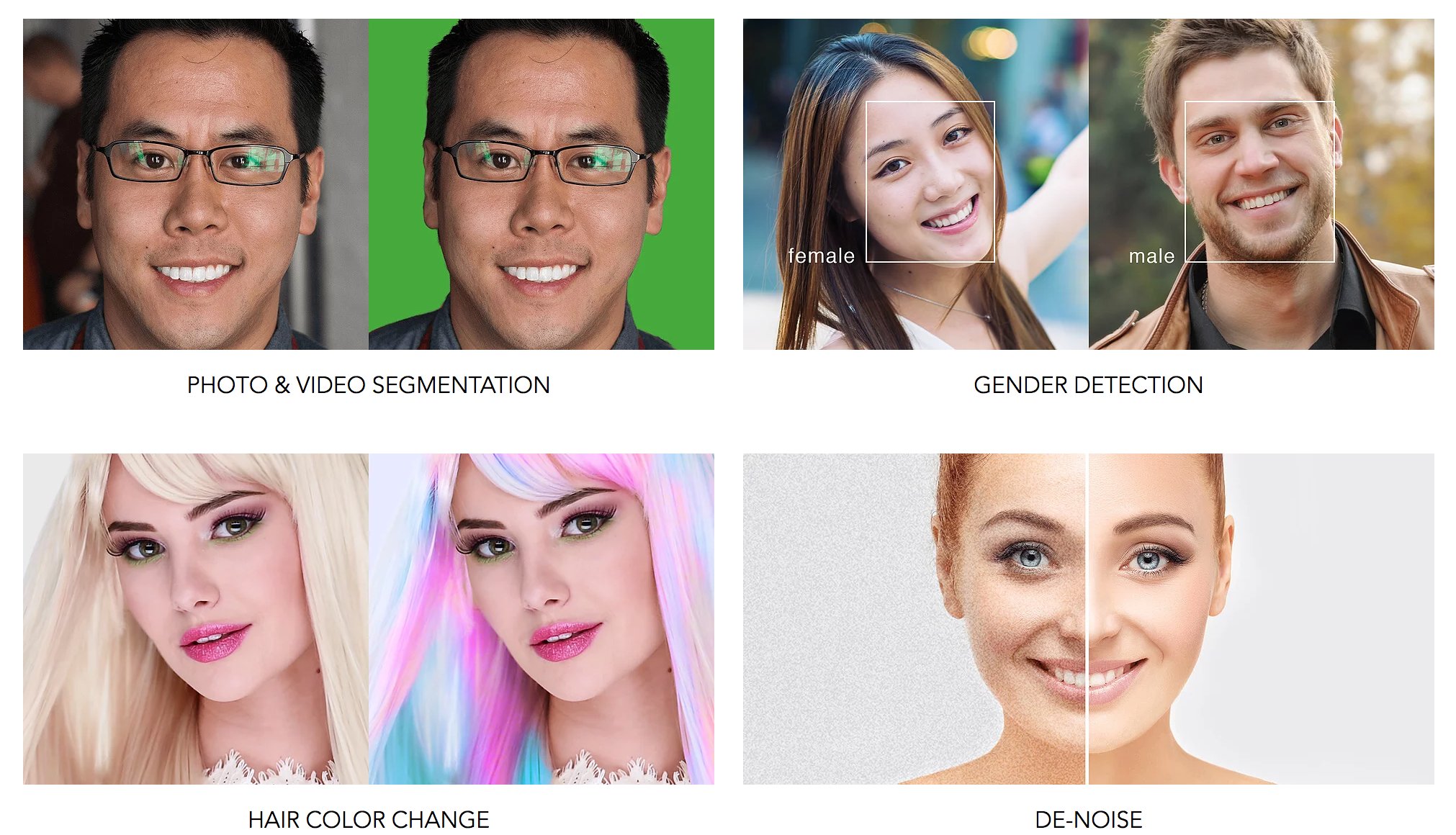Uber’s Asian rival Grab loses its head of engineering

Grab may be in the process of raising a huge $2.5 billion investment round, with SoftBank, Didi and Toyota confirmed as participants, but Uber’s Southeast Asia-based rival has lost its head of engineering.
Arul Kumaravel, VP of engineering at Grab, has left the company for personal reasons, according to a source. It’s not yet clear what his next plan is. Grab confirmed the departure.
Kumaravel joined Grab’s Singapore office from Amazon, where he had been head of mobile development, in April 2015. He assumed the role as head of tech at Grab in August of that year following the departure then-CTO Wei Zhu, a former Facebook engineer who lasted just over a year in his role.
Grab said it has promoted “long-standing engineers as heads of engineering” to fill the gap, with Raman Narayanan, a veteran Microsoft engineer who leads Grab’s Seattle office, providing additional leadership.
The ride-hailing firm has over 2,000 staff today, and its engineering presence has grown significantly over the past two years. It operates six engineering sites worldwide, beyond its $100 million Singapore center that reach includes sites in India, Vietnam, Indonesia, China and Seattle. A Grab spokesperson told TechCrunch that the company plans to hire 800 people more for its tech team over the next two years.
In a statement, Grab CEO and co-founder Anthony Tan wished Kumaravel all the best for the future, paying credit to progress made during his time:
I have the highest respect for Arul and he has been a great partner in his two years with Grab. He’s played a key role as we grew from one to six R&D centres in the last couple of years, and he’s led the launch of multiple services and new features. Arul has been a mentor to many of the Grab engineers, who have further developed their professional skills under him. They are Grab’s future leaders and I thank Arul for his contributions in building the Grab team. We wish him all the best in his future endeavours.
In the last few years, the team has put in place a strong foundation as we keep developing the #1 consumer O2O platform in Southeast Asia. The recent round of funding puts us in an excellent position to invest further in our people and to scale our technology. There is unique opportunity to work with a top global team from the major tech centres in the world, and develop new services and solutions that will impact hundreds of millions of people in this region.
Southeast Asia is frequently lauded as a market with immense potential for technology — a 2016 report co-authored by Google tipped the region’s internet economy to grow 6.5-times to reach $200 billion by 2025 — but with a comparatively small tech talent pool, recruitment is challenging for firms like Grab.
That explains why Grab has expanded its tentacles across the world in search of engineers while its service remains focused on Southeast Asia, where it is active in seven countries and claims over 50 million downloads and 1.2 million drivers.
Its main rivals are not dependent on Southeast Asia for talent either. Uber does not have an engineering team in Southeast Asia while Indonesia-based rival Go-Jek has a strong tech presence in India, where it has also made talent acquisition to grow its team.
Despite the relatively quick departures of Kumaravel and Wei Zhu, Grab will press on with its policy of hiring talent from outside of Southeast Asia and moving key personnel to its Singapore base.
“Southeast Asia is still a young region in terms of its technology ecosystem. It is more challenging to find tech talent as many haven’t worked on platforms that have scaled at the size and speed that Grab has. We are looking overseas for the people who have worked on large tech platforms and have developed specific expertise in areas such as machine learning and cloud technologies, and will also continue to invest in the raw talent of Southeast Asia,” a spokesperson said.
Featured Image: Jon Russell/Flickr UNDER A CC BY 2.0 LICENSE
Published at Thu, 31 Aug 2017 08:18:52 +0000





